“There’s a mayfly hatch on the Roaring Fork.”
I froze, my six-year-old eyes widening, as I looked up guiltily at the shopkeep. I had been playing with his shop’s assortment of dry flies, so attractive to my magpie-like eyes with their glittery threading and neon feathers. I breathed a sigh of relief when I realized his observation was directed at my father, standing a few feet from me, hands behind his back, studying an adjacent cubby full of dry flies for his next fly-fishing excursion in the Aspen Rockies.
My fear of getting caught dissipated (my father had scolded me a few minutes prior for touching the flies, given the sharp hooks hidden on their undersides — once a rule follower, always a rule follower), I shifted my gaze between the two men volleying fly-fishing jargon over my head, attempting to unpack what had just been said.
I liked the incantatory rhythm of the words — “there’s a mayfly hatch on the roaring fork” — as much as I bristled at their conspiratorial air, heavy with shorthand. I turned the words over in my mind, loathing the feeling of being an outsider, a child too young to understand, a non-fly-fisher “just tagging along” with her father–while I cottoned to the tempo and cadence of the phrase, pulsing pleasantly through my mind. I tucked it away for safekeeping. I would later realize that the phrase was in perfect iambic pentameter (only after my grandfather had taught me how to measure poetic meter), which in part explains why I found the phrase mellifluous: so much of what we find attractive is shaped by cultural inheritances often invisible to us. (And, I have long thought it’d make an excellent opening line for a piece of short fiction, but that’s neither here nor there…)
I stood there, straining to ascertain the meaning of their words. My father intercepted: “I was there earlier today, and the rainbows and browns weren’t biting at the Royal Coachmen.” I remembered, with a jolt, that the Roaring Fork was the name of a river close by, and that a Royal Coachman was the name of a particular type of dry fly my father used while fishing these parts. What had been a hazy smudge came into focus: they’d been talking about what the fish — the rainbow trout, the brown trout — were biting at in a particular stretch of river close by. I’d been fishing with my dad enough to learn — squeamishly — that my father would investigate the contents of the stomach of the first trout he’d catch to discern what they’d been eating, and then he’d re-tie his line with a fly approximating what he’d found. Context clues: the formation of a thought: unknowns becoming knowns: the inward nod. “Yes, that’s it.”
Maybe it’s because I’m about to trade in my insider status as a Chicagoan in a home I love in a neighborhood I know in a climate I begrudgingly bear in an admittedly adopted Midwestern way (“yep, it’s cold — next question”) to become an outsider in a city I don’t know in a neighborhood not yet identified in a lifestyle that will be foreign to me for a time–but I’ve been thinking a lot about insiders and outsiders and the way language can occasionally, in the subtlest but cruelest of ways, fence people in and out. (You may have gathered as much from this post on my wanton misuse of a phrase I didn’t know.) There will be a time of observing the New York patois with humbling ineptitude — already, so many transit lines tossed out at us — “just get on the F and…”, “that’s great, because the 1-2 buses…” — as if we should know. A small and petty and short-lived discomfort, to be sure, but still the sensation of being a rube putting on airs in the Big City. This, despite the fact that I have only ever lived an urban life, save for four glorious years in the bucolic embrace of Charlottesville, Virginia.
I’m reminded of our trip to New York City for my sister’s stunning wedding: my beloved brother flew in from Billings, Montana, and told me, in a hushed voice, knowingly:
“So, you tip everyone here, huh.”
Me: “Not everyone, I don’t think. [Pause.] I don’t think?”
Him: “Oh.”
He’d been tipping the doorman at our hotel a $5 or $10 every time he’d come and gone. This, despite the fact that he, too, was born and raised in Washington, D.C., and had also lived in Boston, before moving to more laid-back Austin, TX, and then the sprawl of Tucson, AZ, and then the chill and quiet of a small town in upstate NY, and now, the college town of Billings, MT in Big Sky territory. So, I wouldn’t quite characterize him as a small town boy by any stretch of the imagination, but I knew, at the same time, what he’d been feeling: an out-of-touch-ness with the urbane sophistication of our surroundings, a feeling of not knowing the local customs.
Language can dramatize these disconnects. For years, I thought Tucson was pronounced “Tuck-son” and that the city everyone else was talking about was spelled “Toussaint,” as in “Toussaint L’Ouverture.” When this surfaced in a conversation with friends, I at once exposed a complete lack of geographical understanding and a rather sophisticated grasp of history, if I don’t say so myself. (Haitian Revolution, anyone?) I was awash with embarrassment (“um, I guess I never quite paid attention in sixth grade geography…”): mispronunciations and malapropisms can give the posers in us away, just as abbreviations and shorthand can cement our status as “in the club.”
Language is in many ways so fluid, so evolutionary, and at the same time flinty–sharp enough to cut.
What do you say, Magpies? What have your experiences been like when adopting a new vernacular? When did you last feel like an outsider?
And, 10 picks:
Pick No. 1: Origins Eye Cream
Liz of Sequins and Stripes raves about this Origins Eye Cream. Benefit: it’s under $30, when I’ve so often spent upwards of $200 on this in pursuit of the mythical no-under-eye-circles promise (La Mer is still very good and my skin has never looked better than when I’ve used it…but GIRL, that price tag is MEAN and yes, I still have dark circles under my eyes). Trying it next!
Pick No. 2: The Shearling Statement Piece
As evidenced by the street style snap at the outset of this post: shearling is a fabulous statement-making fabric, whether lining the interior of a leather bomber (all the cool girls wear Acne’s version), as shown above, or in the form of this adorable patchwork clutch ($285):
Loeffler Randall also has an epic shearling knot bag on offer ($495). So fun.
While we’re on this topic, I also love this Sherpa bomber — SO ADORABLE. (But you can get the look for even less with this $50 variation.
Pick No. 3: The Leopard Sweatshirt
My sister gifted me a gorgeous leopard-print sweater she’d designed while working for Mara Hoffman and I have worn it for two seasons straight. This sweatshirt ($49) is similar in color and print and I just know a lucky Magpie will find herself wearing it over and over and over again this fall…
Pick No. 4: The Brass Frame
I’ve always liked the look of a collection of prints in tidy brass frames — I’ve pinned a bunch of shelfies and wallies (???) over the years admiringly (see below). Pottery Barn just came out with a great gallery frame in fetching brass ($39+) so I can copycat away…
Pick No. 5: The Tie-Waist Trouser
I think I wear jeans too much. I was just realizing the other day, as I was sorting through clothes — what to donate? what to give away to friends? what to sell? — that I have about twenty pairs of jeans, and then one or two pairs of cigarette pants and one or two pairs of joggers. I saw these adorable forest green tie-waist trousers and immediately thought I might channel Francesca from Master of None in them. Sadly, they sold out before I pounced (but man oh man do I dig forest green RN), but they’re still available in black ($40), which may be the better move, anyway. I am imagining them paired with a simple white blouse or a denim button-down and loving the ease and classiness of it all.
Pick No. 6: The Suede Boot
For those of you who never quite embraced the OTK trend, these well-priced Sam Edelmans hit just beneath the knee and achieve a similar sleek, saucy effect. Love.
Pick No. 7: The Statement Earring
I am dying over these affordable statement earrings ($44) — LOVE them in the green AND the gold for the upcoming holiday season!
Pick No. 8: The Bow Blouse
I am absolutely EATING UP all of the bow-adorned beauties (AHEM) on offer right now, including this chic $25 (!!) H+M blouse. (I also LOVE this one.)
Pick No. 9: The Plaid Piece
Remember how I noted the prevalence of gray glen plaid pieces of late (see pick no. 7 for an epic steal in this vein)? Well, it’s literally everywhere:
All these chic peas are rocking a blazer (this one is uber chic and approximates the boxiness shown in the above street style snaps), but I have slowly come to the conclusion that blazers aren’t exactly my best friend. I’m super petite and they tend to swallow me whole. Therefore, I’m considering getting the plaid trend with a skirt like this.
Pick No. 10: The Bottega Veneta Lookalike
My bestie and I have always eyed Bottega Veneta’s classic woven bags (shown below) as “something to buy one day, when we’re old and sophisticated.” This is in part due to their hefty price tag. Problem solved: this $240 tote from new-to-me line Naghedi. (I also love this colorful woven variation in a slightly smaller size, $210 — and this colorful one is on sale!). I will, however, continue to hold out for a Bottega Veneta woven clutch. (On my “buy and wear forever” list.)
P.S. Don’t forget to check out Le Shop for constantly updated new discoveries.

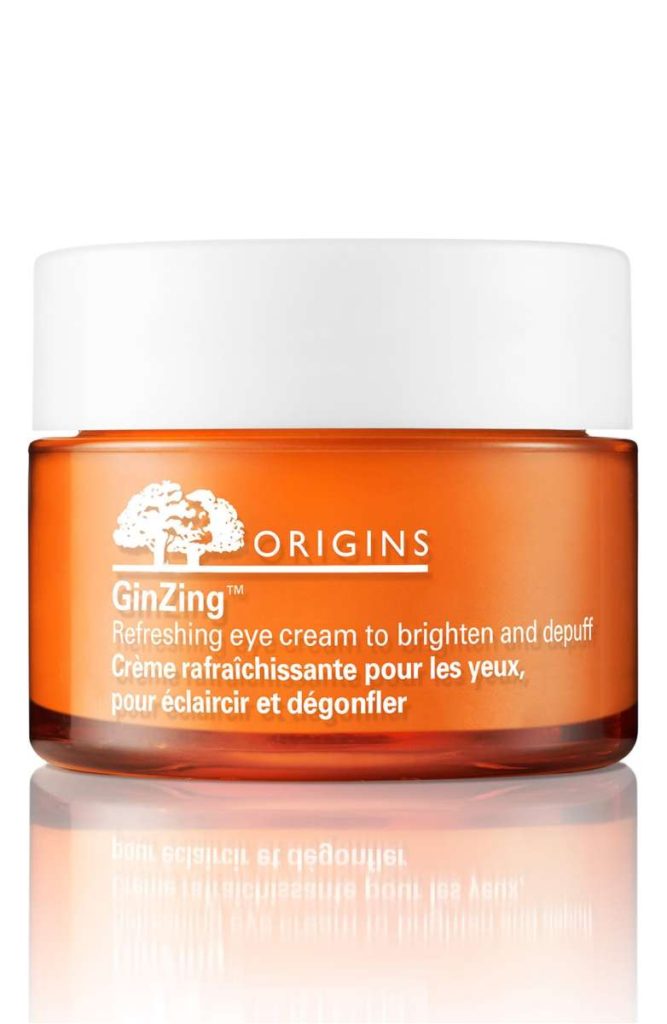
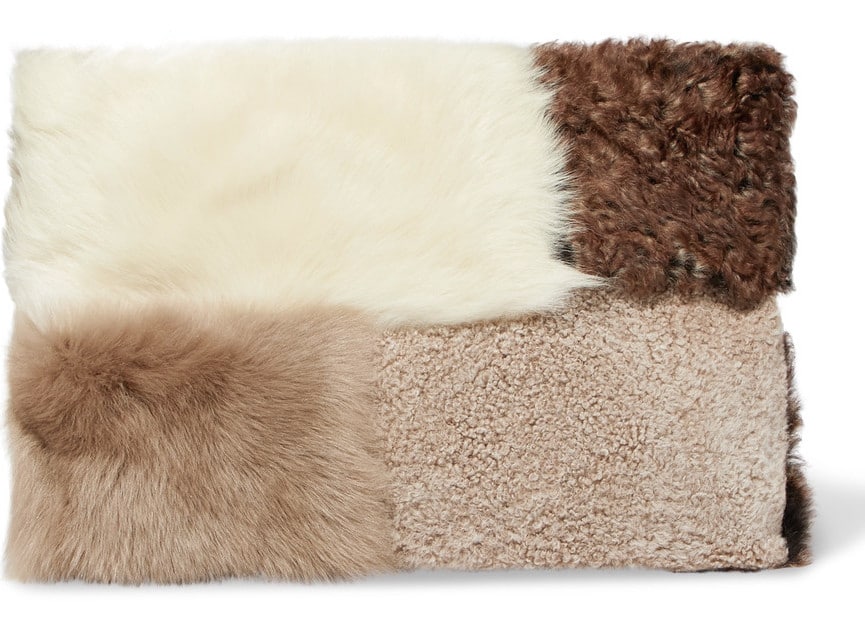
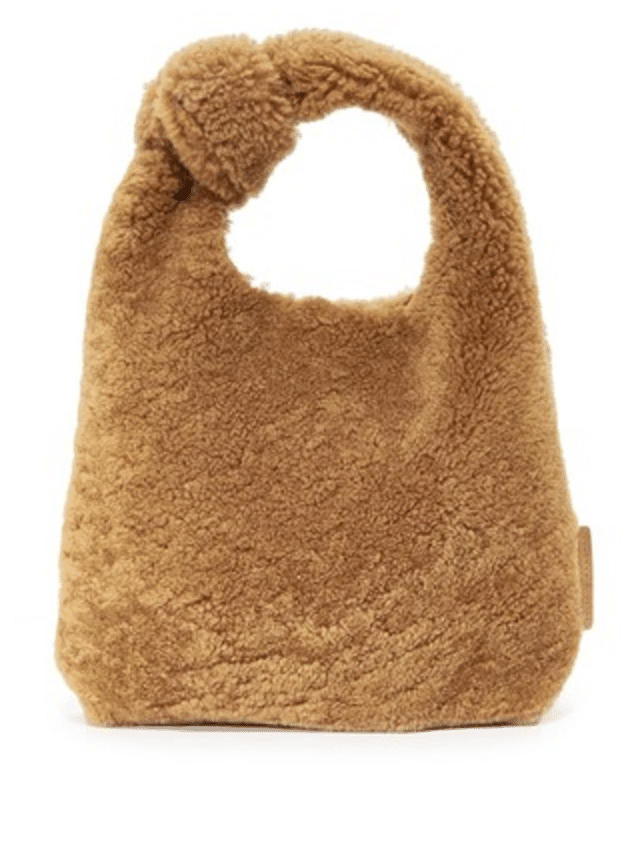
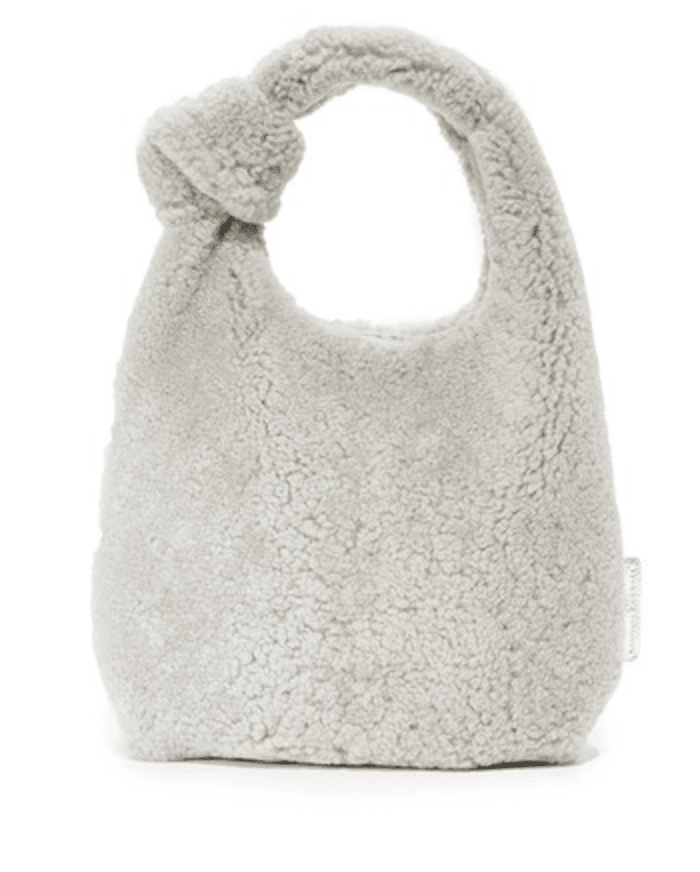

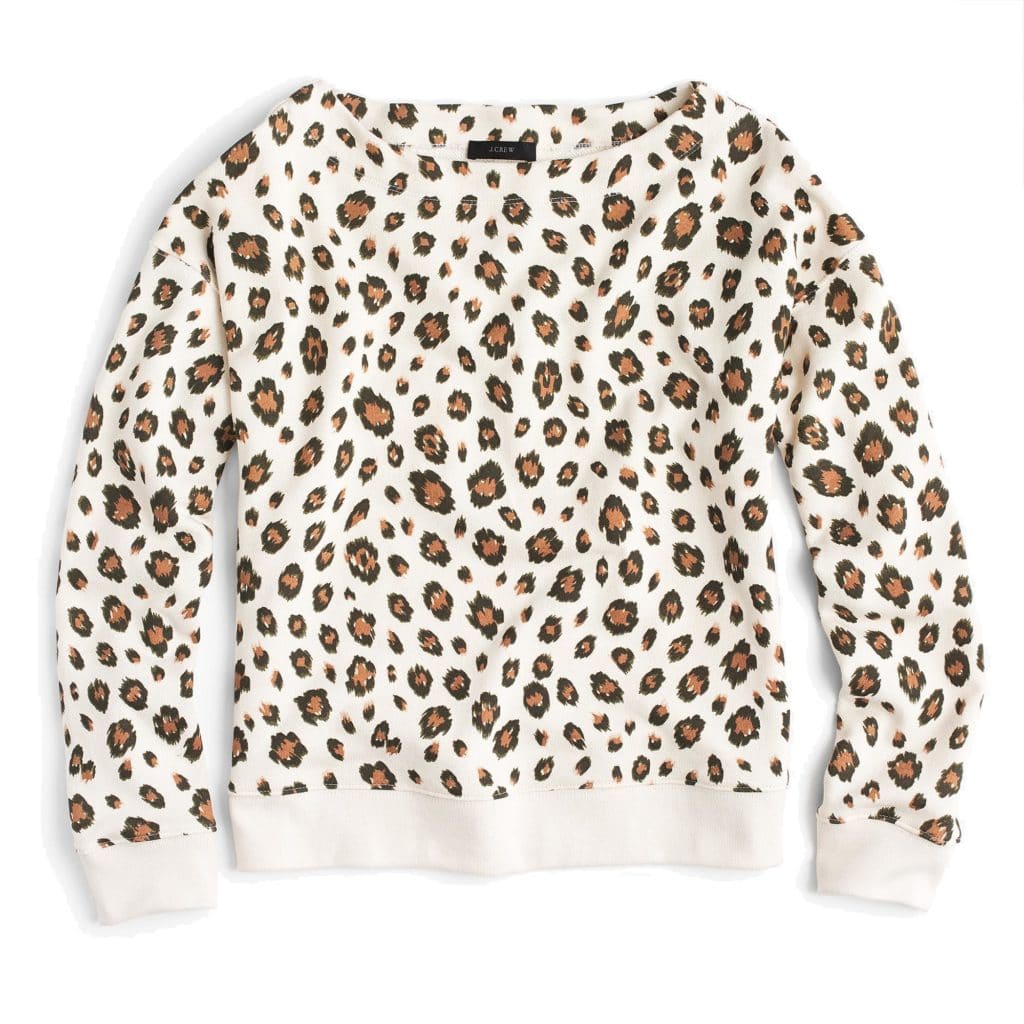




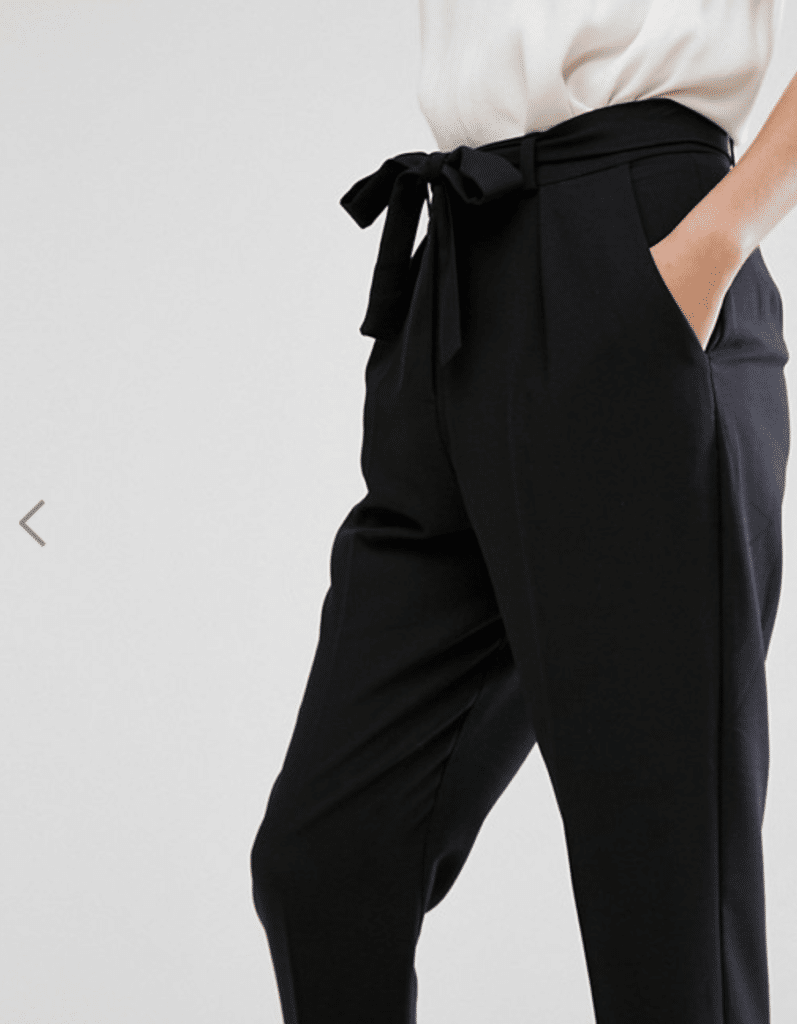
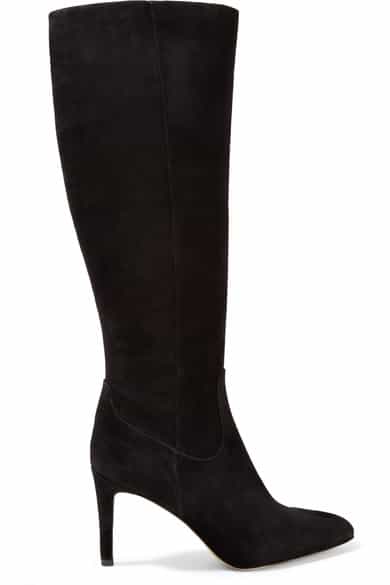
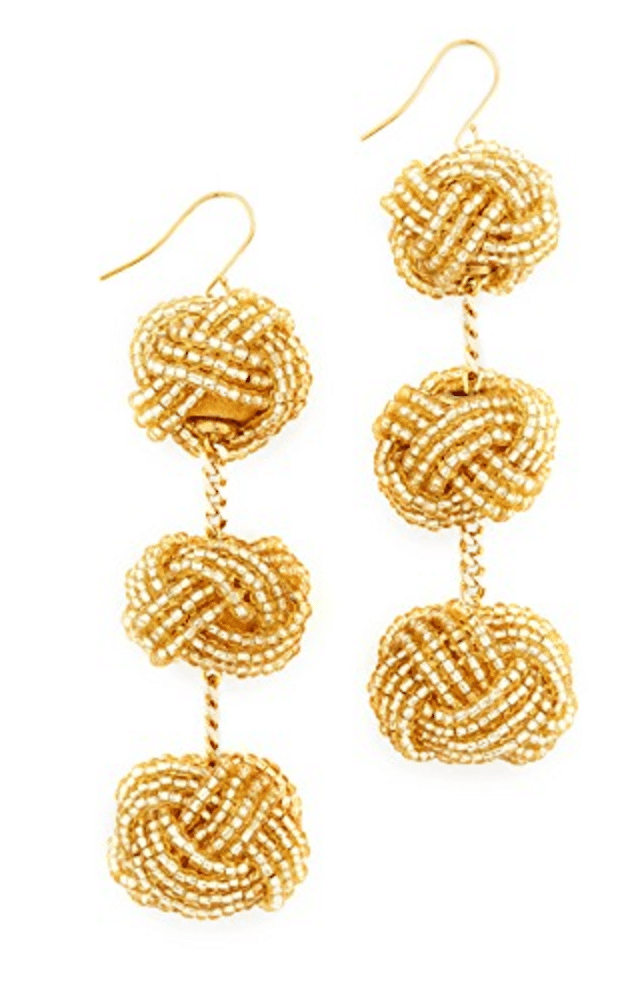
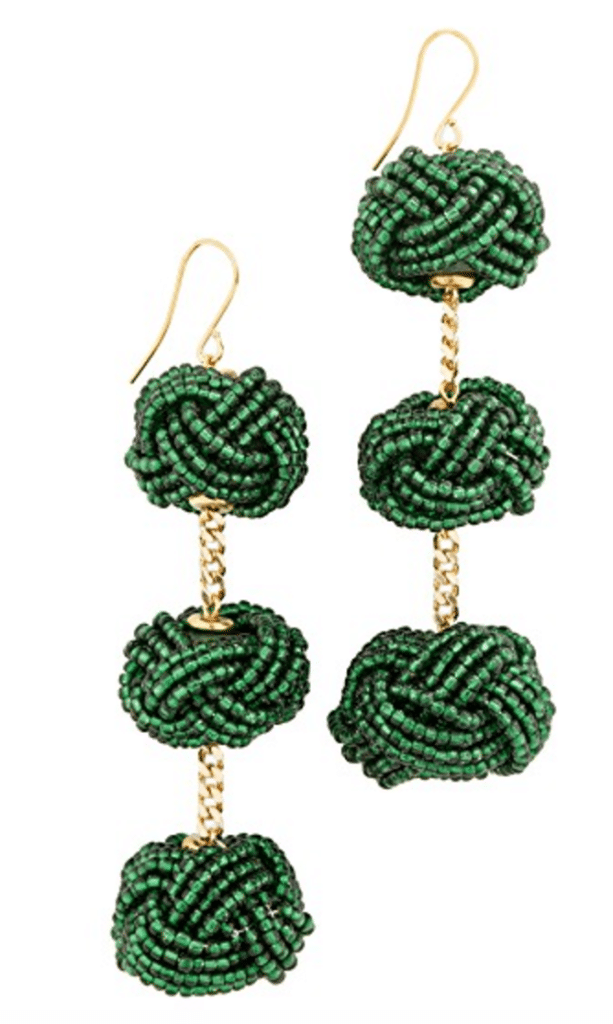
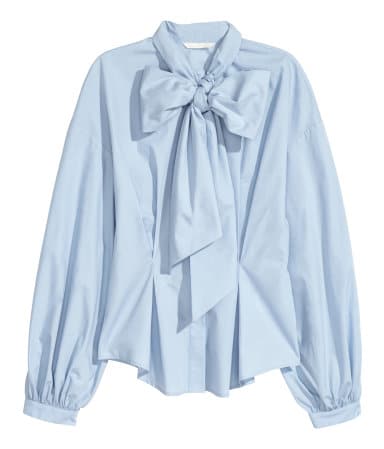




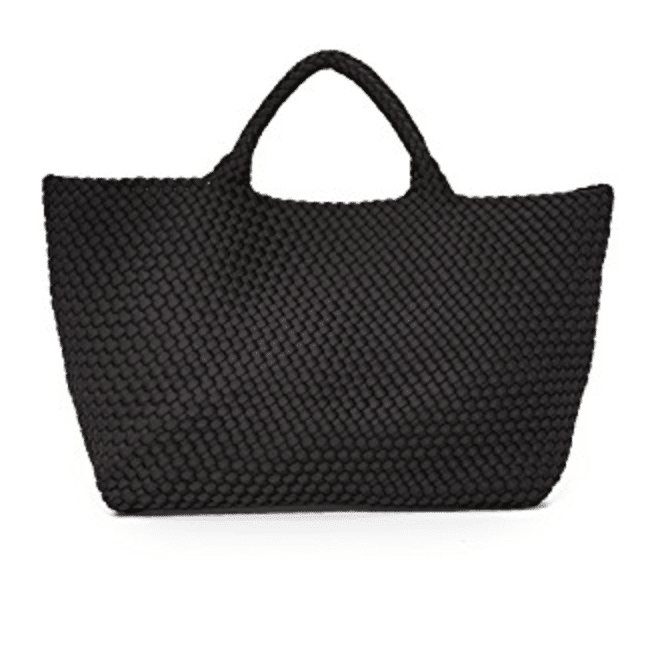

I loved these stories of yours on language! I’m wondering if you were an early reader, and that has something to do with it? I learned to read at an early age (3) and notoriously mispronounced things as a child/teenager, as I learned many words from reading them and rarely heard them used aloud. “Photography” was an early example — pronounced PHO-to-graph-ee — and, of course, “epitome” — EH-pi-tome. Ha!
That eye cream looks like a good one to try — I’m 33 and have never used eye cream and I feel like I should start. I LOVE the shearling bags by Loeffler Randall as well!
That’s so interesting, MK — I’ll have to ask my mom when I started to read. It makes sense, though, if you’re reading things vs. pronouncing them and receiving feedback on that pronunciation. Mr. Magpie always makes fun of how I pronounce a few words — “extraordinary” (he says I add about 23 vowels but it sounds the same to me…), “kindling,” “Twizzler.” According to him, I add too many syllables. Maybe it’s because I read them and sounded them out in my head? I don’t know!
Your Tucson story caused a visceral reaction in me! We have ALL been there. My husband is Eastern European and didn’t learn English until he was 14. The number of times he has gently, lovingly corrected my pronunciation of English words embarrasses me as a native speaker. How could I have been pronouncing all these words so wrong for so long?!?At the same time, he is constantly frustrated with nonsense pronunciations of things, like the streets in my hometown.
I’m trying to learn his native language. We traveled to his home country for a wedding recently, and I was eager to show off my new skills. However, I can’t quite get the vowels right- something with my heavy Midwest accent impedes me from pronouncing “a” and “e” correctly in this new tongue. People would listen to me struggle and switch to English. I felt simultaneously grateful to be speaking English, and like an outsider for not grasping the vowels.
While we were over there, a waiter asked me to order for a group at a cafe. This flustered me, as I had expected one of the native speakers to order. I panicked and ordered in Spanish. The whole table laughed, but not in a cruel way. A few people spoke up and said they had done something similar in other countries. That time I didn’t feel like an outsider, just comforted that others had the same struggles.
Hi Kate! OH man do these experiences resonate with me, too! Thanks for writing all of this. I’ve definitely done something similar to your last anecdote — I speak fairly good French, and when I was in Spain, I kept reverting to some muddled European language, part Italian, part French, part Spanish! HAHA!